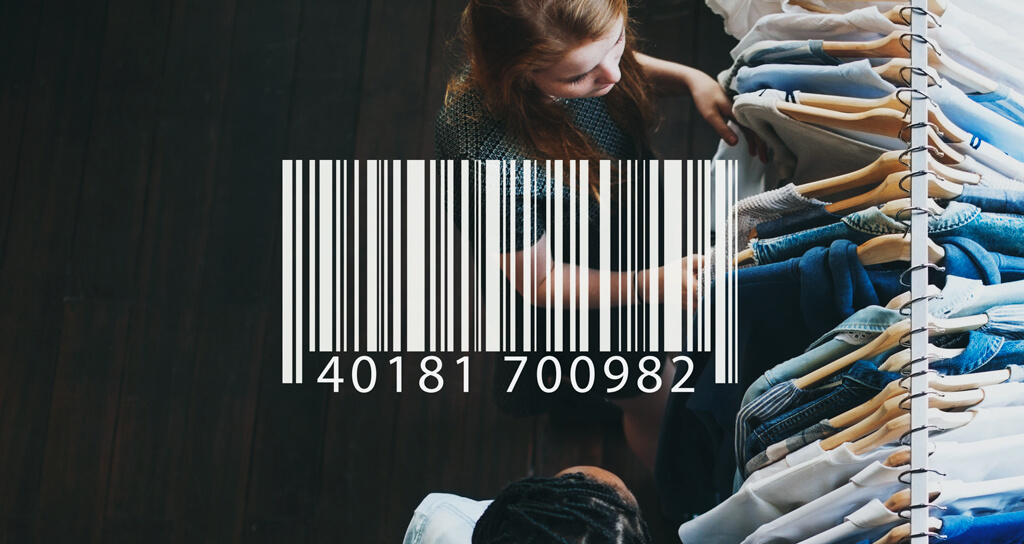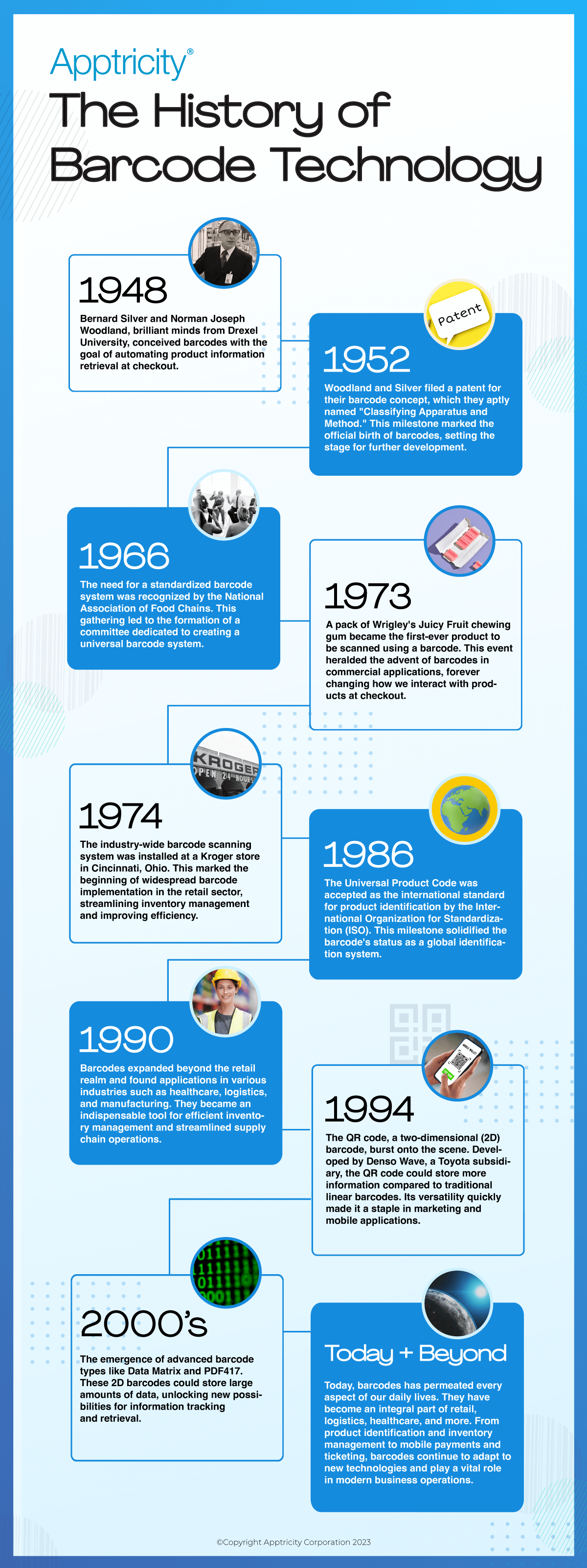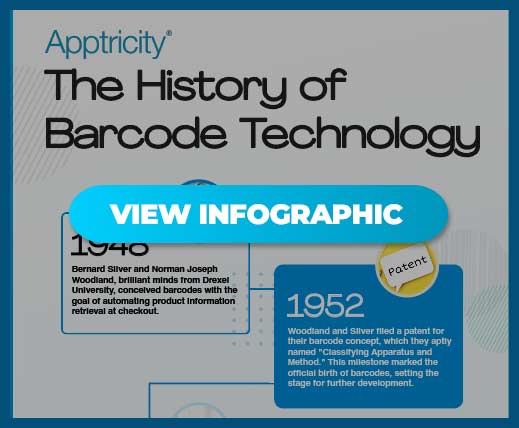
A retail employee scans barcode via IoT technologies and tracking software
Introduction
On June 26, we celebrate National Barcode Day, a day dedicated to recognizing the impact and evolution of barcodes in the world of IoT technologies and supply chain management. Barcodes have come a long way since their inception, and today they play a crucial role in empowering IoT (Internet of Things) technology. In this blog post, we will explore the evolution of barcodes and their significance in enabling the seamless integration of IoT technologies for enhanced supply chain management.
1. The Birth of Barcodes
Barcodes were first developed in the 1940s as a means to automate inventory tracking and management. The initial barcode design, known as the linear barcode, consisted of parallel lines of varying widths that represented different numbers and characters. This simple yet effective method revolutionized the way businesses handled inventory, bringing about increased accuracy, efficiency, and reduced human error.
2. Barcode Technologies
Over time, barcode technologies have evolved to meet the changing needs of businesses. Today, two primary barcode technologies are widely used: linear barcodes and 2D barcodes. Linear barcodes, such as Universal Product Codes (UPC) and European Article Numbers (EAN), continue to be popular in retail and supply chain industries. On the other hand, 2D barcodes, including Quick Response (QR) codes and Data Matrix codes, provide greater data capacity and flexibility, enabling the storage of more information within a smaller space.
3. Integration of Barcodes with IoT Technology Solutions
Barcodes act as a crucial link between physical assets and the digital world in the realm of IoT technology solutions. By scanning barcodes with specialized devices or even smartphones, businesses can connect physical objects to IoT networks, enabling seamless data capture and analysis. This integration empowers businesses with real-time visibility, traceability, and insights into their supply chain operations. Barcodes serve as a cost-effective and widely adopted means to bridge the gap between physical assets and digital information, facilitating efficient data exchange within the IoT ecosystem.
4. Advantages of Barcode-enabled IoT in Supply Chain Management
The integration of barcodes with IoT technologies brings numerous advantages to supply chain management processes. With barcode-enabled IoT, businesses can achieve improved visibility and traceability of assets and inventory throughout the supply chain. Real-time data capture and analysis enable accurate inventory management, optimized order fulfillment, and efficient logistics operations. By leveraging barcode-enabled IoT solutions, businesses can minimize errors, streamline processes, and enhance overall supply chain performance.
5. Future Trends and Innovations
The evolution of barcodes and IoT technology continues to pave the way for future advancements. Mobile barcode scanning, using smartphones as scanning devices, is gaining popularity due to its convenience and widespread availability. Cloud-based barcode solutions enable seamless data storage, accessibility, and sharing across multiple platforms. Furthermore, AI-powered barcode recognition technologies are being developed to enhance barcode scanning accuracy and speed. Looking ahead, emerging technologies such as blockchain and RFID (Radio Frequency Identification) have the potential to further revolutionize barcode integration in the IoT ecosystem, unlocking new levels of supply chain efficiency, security, and transparency.
Conclusion – Leverage the Power of IoT Technologies
As we celebrate National Barcode Day, we acknowledge the remarkable journey of barcodes and their integration with IoT technology. From their humble beginnings as linear barcodes to the advancements in 2D barcodes, barcodes have played a vital role in supply chain management. By embracing the evolving capabilities of barcodes and harnessing the power of IoT technologies, businesses can unlock new opportunities, enhance operational efficiency, and drive innovation in the dynamic world of supply chain management.
IoT technology solutions continue to evolve and as mentioned in one of the latest Research and Market’s Findings for Global Asset Tracking: “Global asset tracking market will reach $72.4B by 2028, growing at 18.3% CAGR.” With this in mind, enterprises must seriously consider the power of leveraging these tracking capabilities. Barcode, RFID, Bluetooth®, LTE, Satellite, GPS, and more are supported from one easy to use Apptricity software system. You can gain access from anywhere with our IoT technologies and software.
Let’s embrace the power of barcodes and IoT technologies on this National Barcode Day!
Learn more about Apptricity and our IoT tracking solutions. Book a time to watch a demo today.




